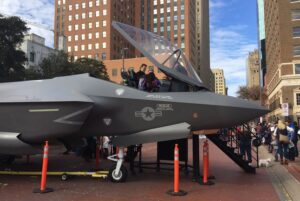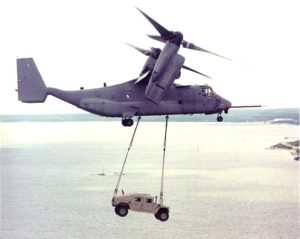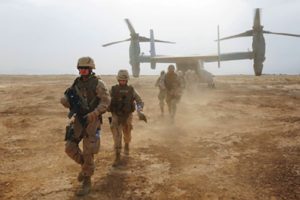I guess Donald John Trump can stop pledging to force Mexico to pay for The Wall he wants to build along the border that separates us from our neighbor.
He now intends to pilfer money appropriated to pay for defense projects to pay for the structure.
What happened to “promises made, promises kept”?
Texas Democrats and Texas Republicans are criticizing a plan to divert $3.8 billion in defense money to pay for The Wall. One of the critics happens to be Rep. Mac Thornberry, a Clarendon Republican who once chaired the House Armed Services Committee. Thornberry, who isn’t running for re-election this year, calls the diversion an inappropriate maneuver.
The money involves assembly of aircraft being built in Texas. They are the F-35 fighter and the V-22 Osprey, the tiltrotor aircraft assembled in Amarillo, which Thornberry represents.
As the Texas Tribune reported: Thornberry … stated that the southern border was a national security challenge that partisanship had “exacerbated,” but he took issue with the executive branch’s decision to reallocate the funds. (H)e said that while the Department of Defense was able to make recommendations in the budgeting process, once appropriations decisions are made, “the Department of Defense cannot change them in pursuit of their own priorities without the approval of Congress.”
Then again, understanding how that process works requires a commander in chief with knowledge or a willingness to learn about the nuts and bolts of the government he was elected to lead.
Trump is too preoccupied with a ridiculous campaign promise — the one about Mexico paying for The Wall — that he never should have made in the first place.



